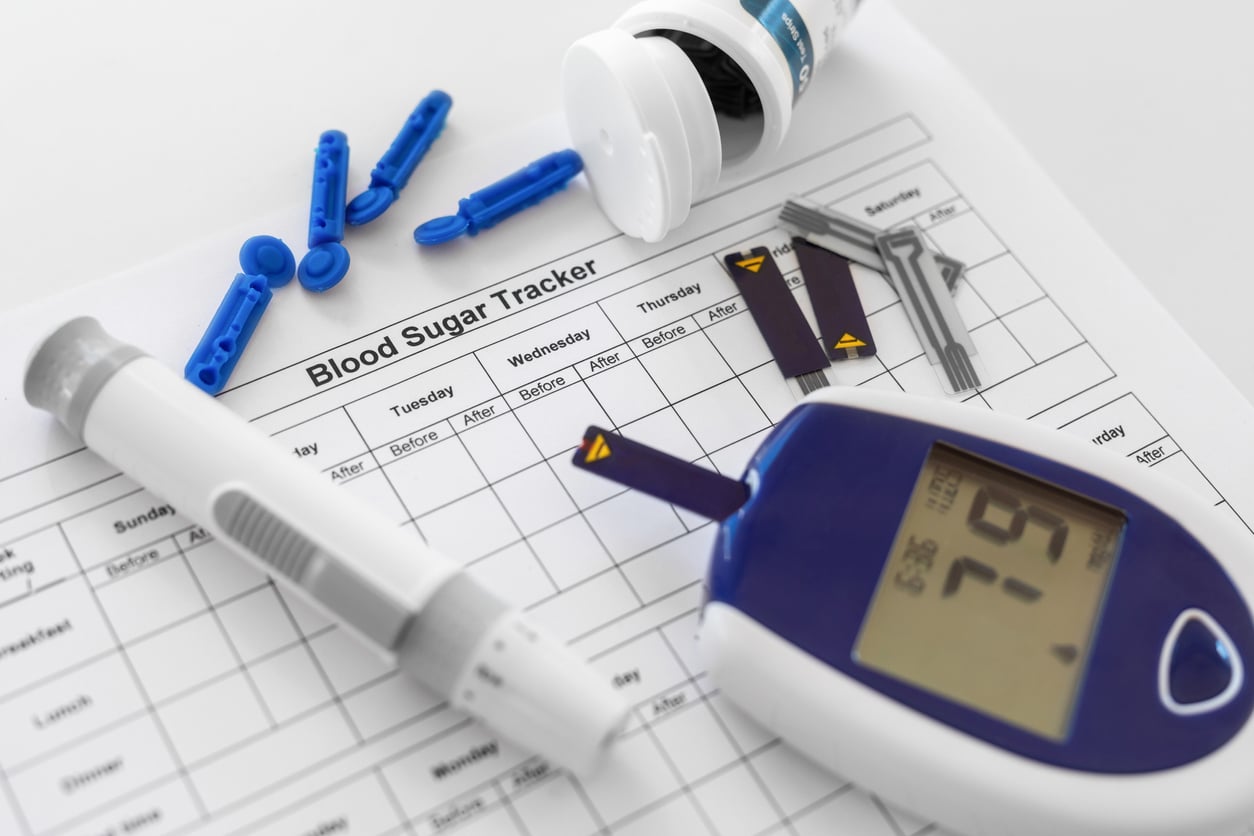Pancreatitis Signs and Symptoms
Pancreatitis is a serious condition that can be life-threatening if not treated. These are the warning signs:
Abdominal Pain
People with the disease experience a gnawing pain in their abdomen that radiates toward the back. The pain is felt just under the ribcage. Initially, the pain is tolerable; however, if left untreated, an inflamed pancreas can result in agonizing pain that can only be relieved after administration of medicines.
The pain may be worse after drinking or eating foods with high fat content. The ache can get very intense when lying flat on the back or while leaning forward. On the other hand, in some cases of acute pancreatitis, patients do not feel much or even any pain. This is more common if the patient has diabetes or has kidney disease.

Nausea
Nausea is a common symptom that accompanies pancreatitis and may be secondary to pain or due to changes in digestion.
To manage it, patients should drink plenty of water, avoid alcohol, and moderate food intake, especially limiting fats. Nausea can be severe enough to cause vomiting to the point of dry heaves.

A Feeling Of Sickness
A feverish feeling along with chills and general weakness is a sign that could indicate a problem with the pancreas. Many, though not all, patients with pancreatitis experience a rise in the temperature of their body.
The fever may be due to inflammation of the pancreas or one of the ducts, or infection within the pancreas or elsewhere in the body. Depending on the cause of the fever, antibiotics may be recommended. More often than not, the fever subsides once the pancreatitis attack passes.

Jaundice
One of the most distinctive signs of pancreatitis is jaundice-yellowing of the skin or whites of the eyes due to the buildup of bilirubin. Although it is also seen in other disorders and is more commonly caused by obstruction of a bile duct due to a gallstone or to a pancreatic tumor, it can also be seen in patients with pancreatitis.
Often the symptom can be accompanied by dark urine, itching of the skin (pruritis), and pale stool. The condition is often overlooked and transient, but it shouldn't be taken lightly; inflammation of the pancreas may cause it.

Rapid Heart Rate
One of the signs of acute pancreatitis is an increased heart rate, which may be due to pain, inflammation, or dehydration.
Low blood pressure can also be seen. Restoration of fluid volume, pain relief, slow breathing, and lying in a still position can be helpful. This can help normalize the blood pressure and bring the heartbeat to a normal pace.

Sudden and Unexplained Weight Loss
An inability to produce or secrete sufficient pancreatic enzymes leads to improper digestion and absorption of foods. This is what causes weight loss.
As the pancreas produces less of the enzymes that are responsible for breaking down the food you eat, you can witness major weight loss, malnutrition, and even diarrhea. With pancreatitis, patients also tend to avoid consuming food because they tend to get sick and nauseous.
Food intake can also result in vomiting. Such mysterious weight loss shouldn't be taken lightly.

Swollen Stomach
Has your stomach become tender to the point that it hurts to touch it? Many patients often complain about a swollen or puffy abdomen.
The extra fluid moving around in the body causes the abdomen to bloat, and the skin over that area stretches tightly. The naval is pushed out, and patients can feel an undue pressure on the abdomen.
Such discomfort and swelling of the stomach (abdomen) signals a problem with the pancreas or liver and must be reported to your physician as soon as possible.

Extreme Fatigue
A common symptom in people with pancreatitis is their tendency to feel fatigued all the time. Pancreatitis can be extremely draining for patients and can even make a person pass out unexpectedly.
This is one of the ways your body may inform you about a pancreatitis attack. When abdominal pain is followed by a feeling of fatigue or weakness, especially during daytime, it should be taken seriously.

Smelly Stools
An early warning sign of pancreatitis is pale, floating or smelly stools. As the digestive enzymes from the pancreas aren't being produced sufficiently or are unable to reach the small intestine, proper digestion of food, especially fatty foods, is not possible.
This results in the stool that is passed by the patient being loose and smelly. Some patients even see dark, tarry stools, which is generally because of bleeding into the intestines from the pancreas, ducts or adjacent structures. Doctors believe this sign is an early clue given by the body, but it is often overlooked.

Diabetes
The inflammation in chronic pancreatitis damages the insulin-producing cells in the pancreas, which can cause diabetes, a disease that harms the way one's body uses blood sugar.
In fact, glucose intolerance and diabetes are common in patients with chronic pancreatitis. Your body uses glucose as its source of energy. The level of glucose gets disrupted when cells producing insulin stop working properly. In about 5 percent of people diagnosed with diabetes, it is caused by chronic pancreatitis.





